Create a Montessori learning corner to help your child explore the world and discover the joy of independent learning. With just a few thoughtful touches, parents can design a space that inspires curiosity, creativity, and confidence. Let’s find out with 4Life Education how to bring the Montessori spirit into your home in simple yet meaningful ways.
Understanding the Montessori learning corner
A Montessori learning corner is more than just a study space—it is a place where your child can explore, experiment, and engage with the world around them. Inspired by Dr. Maria Montessori’s educational philosophy, this type of environment encourages independence, concentration, and a love for learning. Every detail in the space is designed to respect the child’s natural curiosity and support their development.

Create a Montessori Learning Corner to Help Your Child Explore the World
Unlike a traditional playroom filled with loud toys or distractions, a Montessori corner focuses on calm, purposeful activities. The materials are real, beautiful, and inviting, allowing your child to work with intention. By creating such an environment, you’re giving your child the freedom to make choices, solve problems, and take responsibility for their learning journey—all while exploring their surroundings naturally.
Why create a Montessori learning corner at home?
Setting up a Montessori learning corner at home allows children to continue meaningful learning beyond the classroom. It gives them a safe, inspiring space where they can develop life skills, discover new interests, and build self-confidence. A thoughtfully prepared corner promotes independence by allowing children to access materials freely and make their own choices.
This space also supports emotional growth. When children have a quiet area that belongs to them, they feel respected and valued. They can focus better, express themselves through work or play, and experience the satisfaction of completing tasks on their own. Ultimately, a Montessori corner teaches children to love learning not because they have to—but because they want to.
Choosing the right location for your child’s corner
The first step in creating a Montessori learning corner is choosing the right location. Pick a spot in your home that is calm, well-lit, and easy for your child to access. Natural light is ideal because it creates a warm and peaceful atmosphere. Avoid crowded or noisy areas so your child can concentrate and enjoy their activities without distraction.
You don’t need a large space; even a small corner in the living room or bedroom can become a beautiful learning area. What matters most is how the space feels to the child—inviting, peaceful, and just the right size for them. Make sure your child can reach everything easily, as this physical independence is key to their emotional and cognitive growth.
Essential elements for a Montessori learning corner
A successful Montessori space focuses on simplicity and order. Here are some essential elements to include when designing your child’s learning corner.

Essential elements for a Montessori learning corner
First, choose child-sized furniture. A low table and chair help your child work comfortably and confidently. Shelves should also be low and open so your child can see and choose their materials independently. Avoid clutter and keep only a few well-chosen items available.
Second, include natural and sensory materials. Wooden toys, fabric baskets, and plants bring warmth and calmness to the environment. Montessori encourages connection with nature, so consider adding small elements like stones, shells, or leaves for exploration.
Third, prepare activities that match your child’s age and interest. For preschoolers, this could include puzzles, counting beads, or simple pouring exercises. For older children, you might add reading materials, writing tools, or science objects for observation. Rotating materials regularly keeps the environment fresh and engaging.
Encouraging independence through design
The Montessori learning corner should invite independence. Everything in the space should be accessible and child-friendly. Arrange materials on shelves so your child can reach them without help, and use trays or baskets to organize different activities. Each item should have its own place so your child learns to return things after use—a small but powerful lesson in responsibility.
Provide tools that match your child’s abilities. For example, small pitchers for pouring, tiny brooms for cleaning, or child-safe scissors for cutting paper. When children can do things by themselves, they develop confidence and pride. Parents can support this by showing how to use materials slowly and respectfully, then stepping back to let the child try on their own.
How to make the space engaging and calm
A Montessori learning corner should balance stimulation and serenity. Bright colors and excessive decorations can overwhelm young minds, so opt for neutral tones with soft accents. Display materials attractively on shelves, leaving open space for movement. The goal is to create an environment that encourages focus and joy, not distraction.
Include a few elements that make the space cozy, like a soft rug or a comfortable reading cushion. Adding a small plant or a picture of nature can also inspire calmness and curiosity. The atmosphere should invite your child to stay, explore, and return again and again with excitement.
Montessori activities for the learning corner
You can introduce many simple Montessori activities that promote both cognitive and emotional growth. For example, practical life activities such as transferring beans with a spoon, buttoning clothes, or cleaning a small table teach coordination and concentration. These tasks may seem simple but are powerful for developing patience and precision.
Sensorial activities can also be part of your Montessori corner. Use materials that stimulate touch, sound, and sight—like texture cards, color tablets, or matching scents. Language activities might include picture cards, letter tracing, or storytelling. Meanwhile, math can be introduced through counting objects, sorting shapes, or building patterns. The key is to choose materials that align with your child’s interests and developmental stage.
Involving your child in setting up the space
One of the most meaningful parts of creating a Montessori learning corner is involving your child in the process. Ask for their opinions on what materials they’d like to include or where they want to place items. When children help design their environment, they take ownership and feel more connected to it.
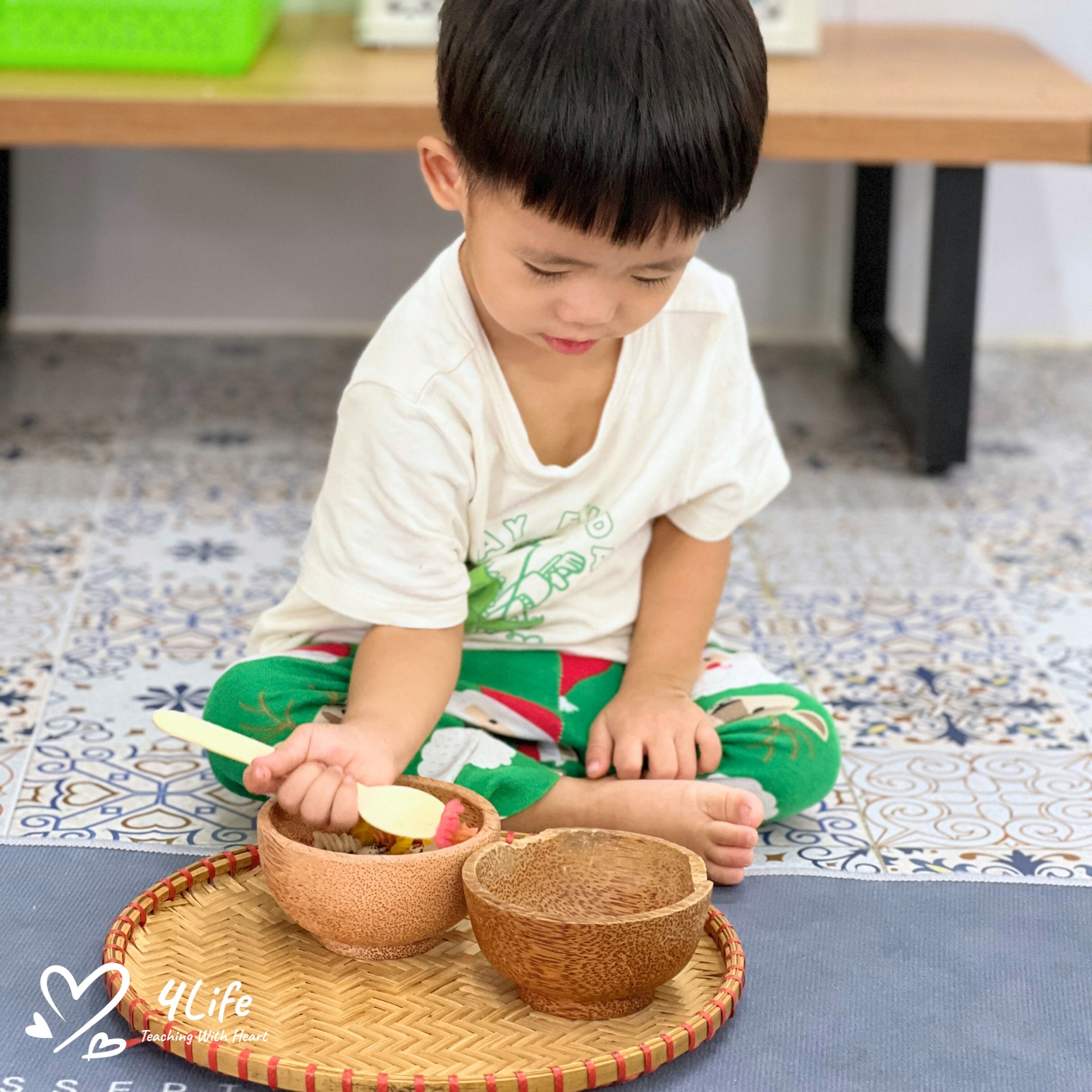
Involving your child in setting up the space
Encourage them to decorate the corner with their artwork or choose a plant to care for. These small actions foster responsibility and pride. By collaborating with your child, you’re also modeling respect and partnership—values deeply rooted in Montessori philosophy.
Maintaining and refreshing the learning corner
Once the Montessori corner is ready, keep it dynamic and inspiring. Observe how your child uses the space and adjust it as needed. If certain materials are untouched, replace them with something new that matches their current interests. Rotation keeps curiosity alive and prevents boredom.
Teach your child to take care of the space—dusting shelves, arranging materials, and tidying up after playtime. This routine not only maintains order but also strengthens their sense of ownership. When children learn to respect their environment, they carry that awareness into other parts of life.
Create a Montessori learning corner to help your child explore the world with wonder, confidence, and independence. This thoughtfully prepared space allows children to learn through hands-on experiences, connect with their surroundings, and express their natural curiosity. Every item, every activity, and every quiet moment in this corner helps shape your child’s growth—intellectually, emotionally, and socially. At 4Life Education, we believe that with the Montessori approach, every home can become a nurturing place where children joyfully explore the world and discover their limitless potential.

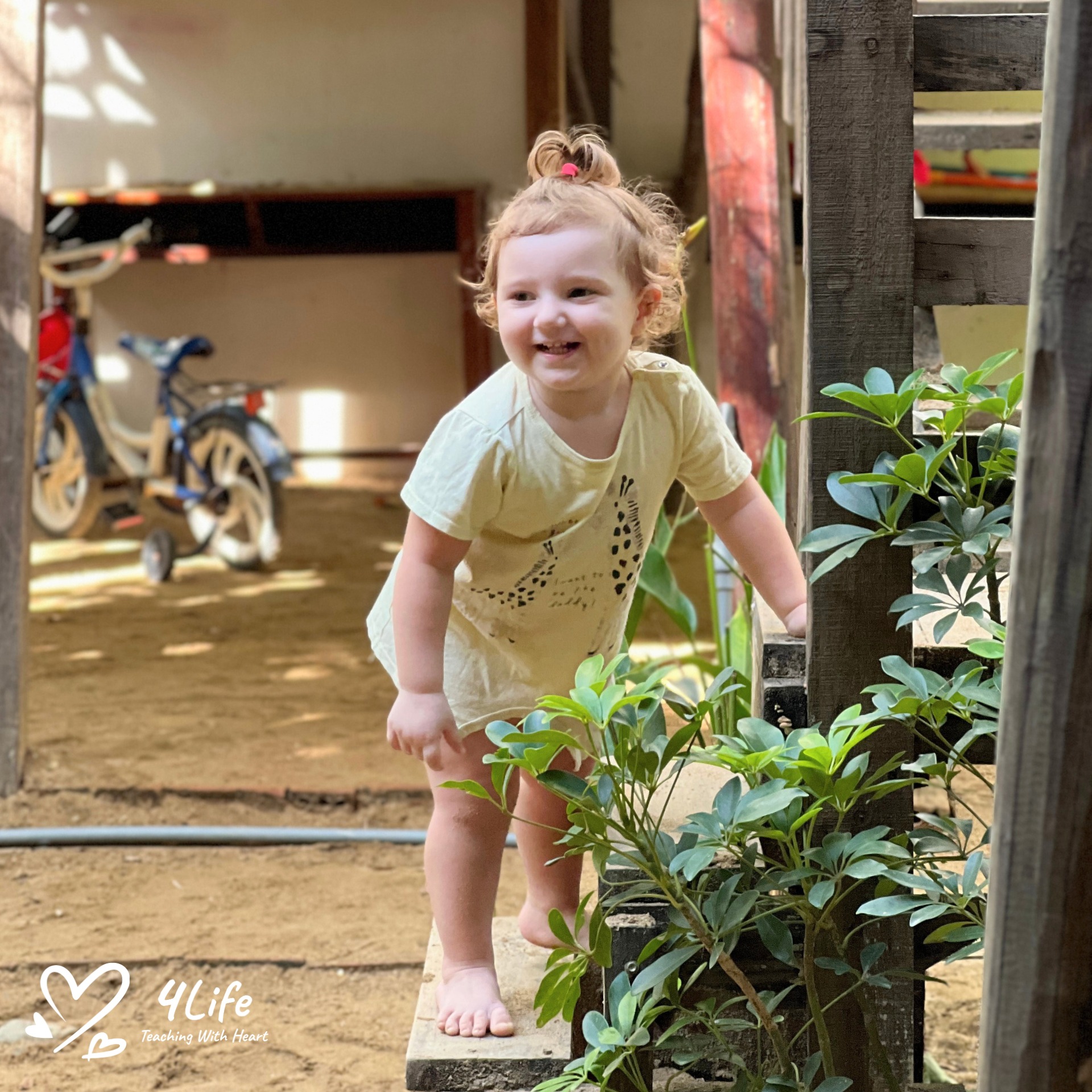

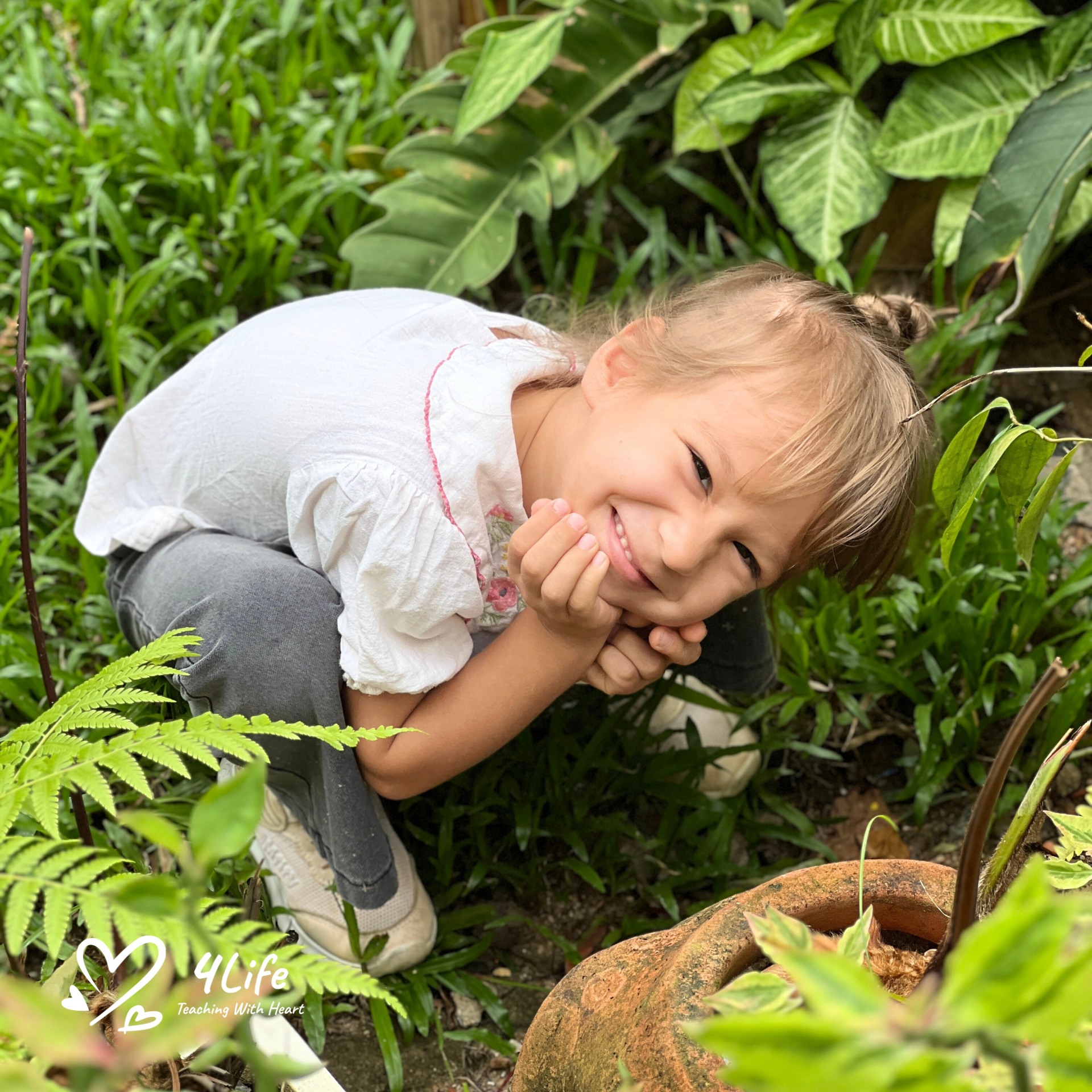
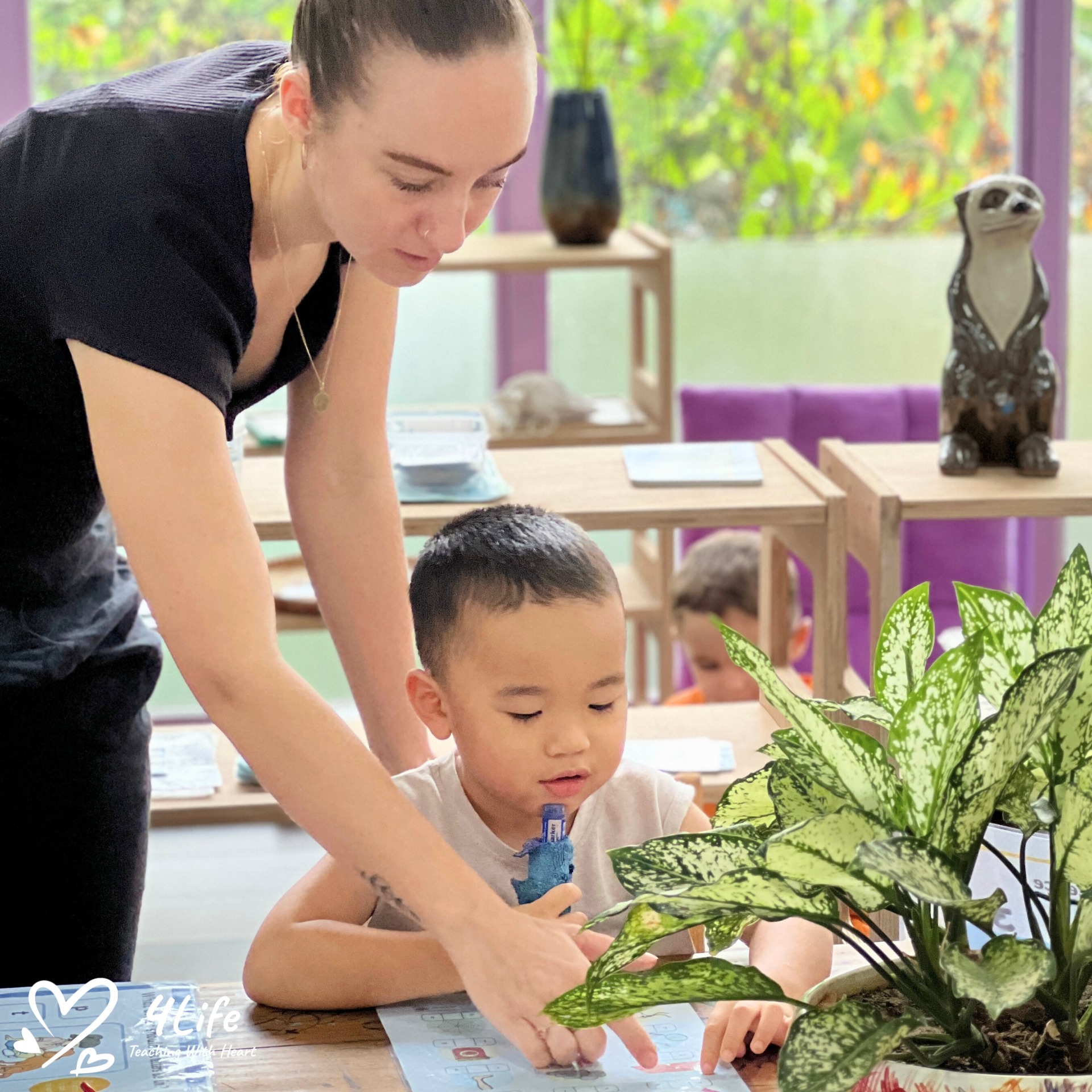
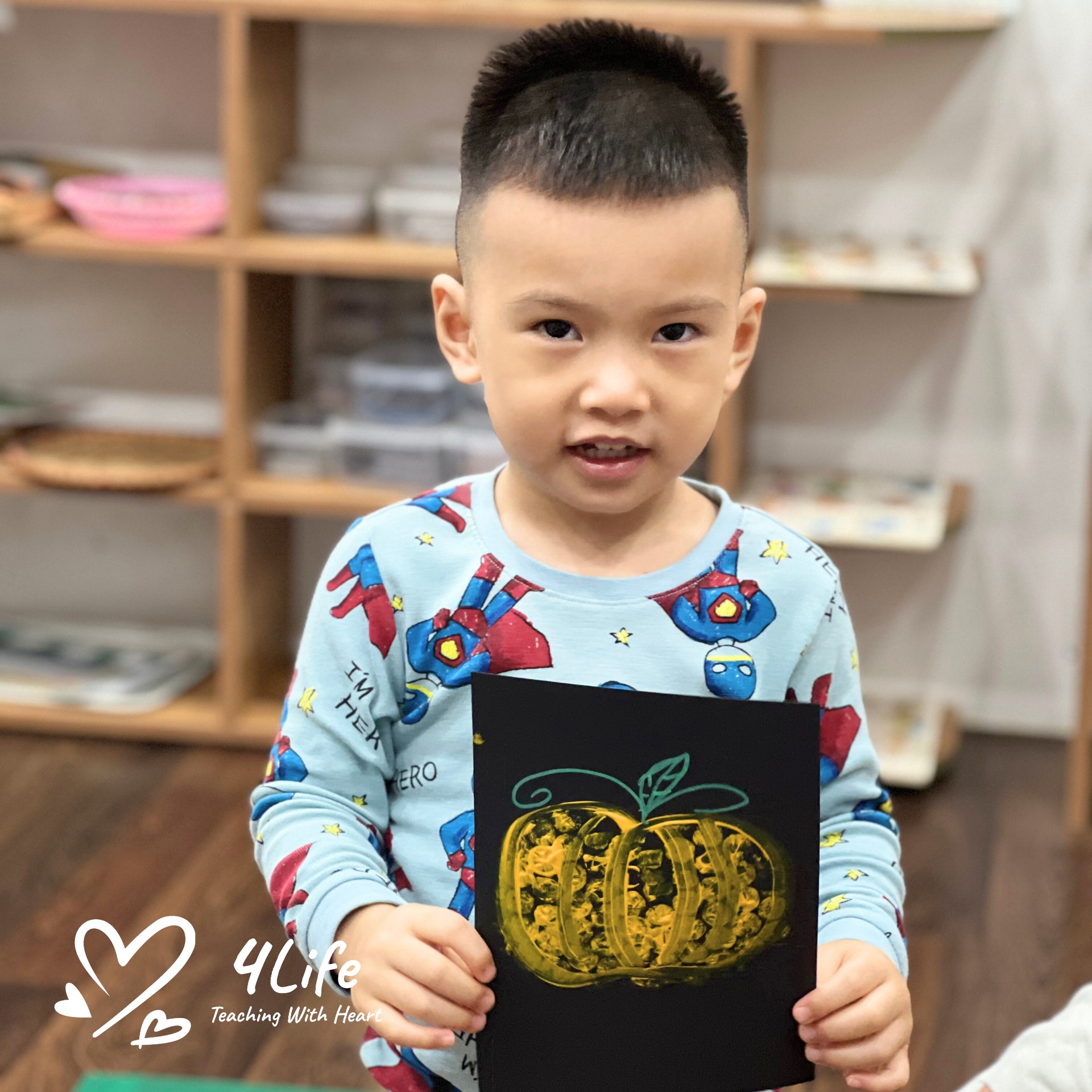
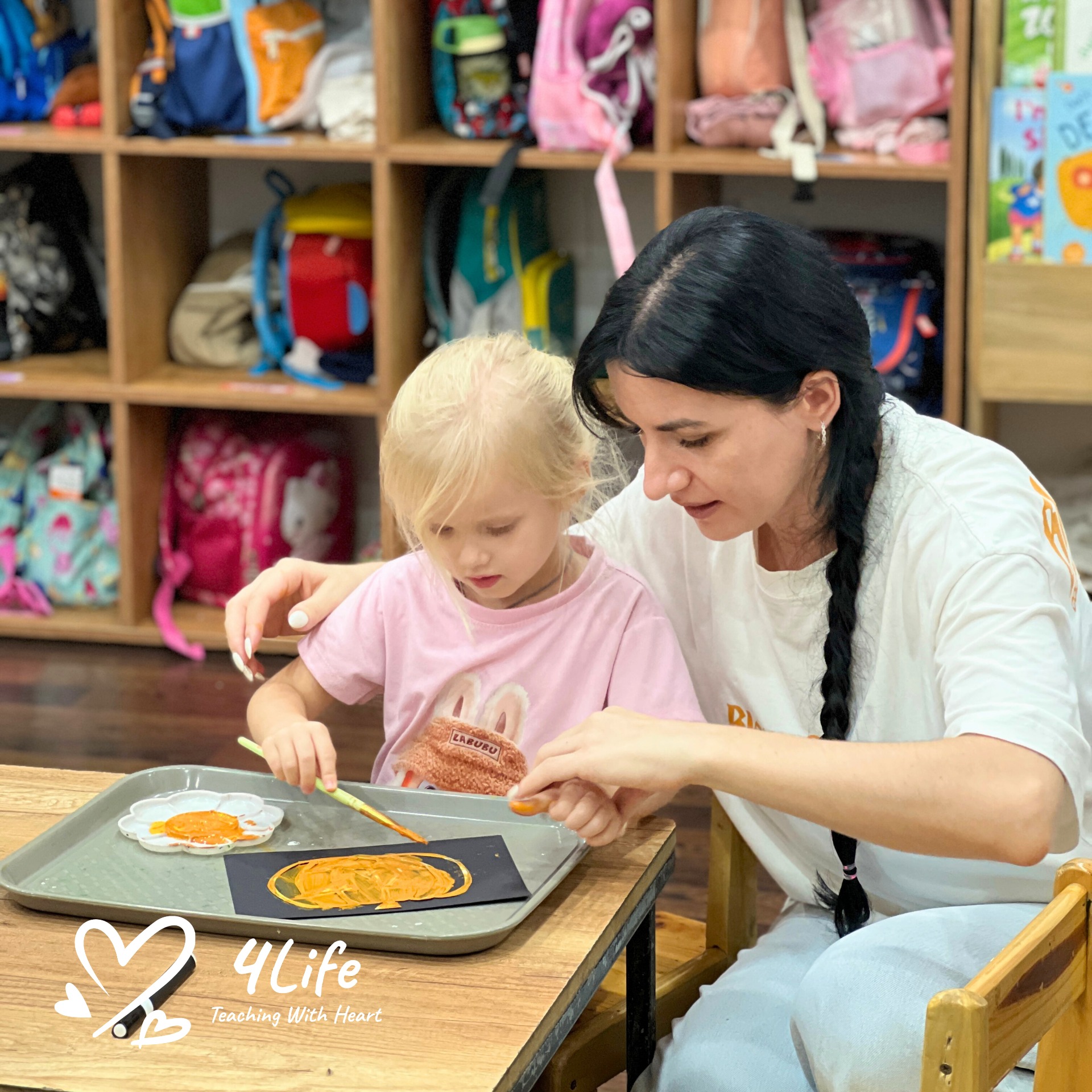
0 Comments